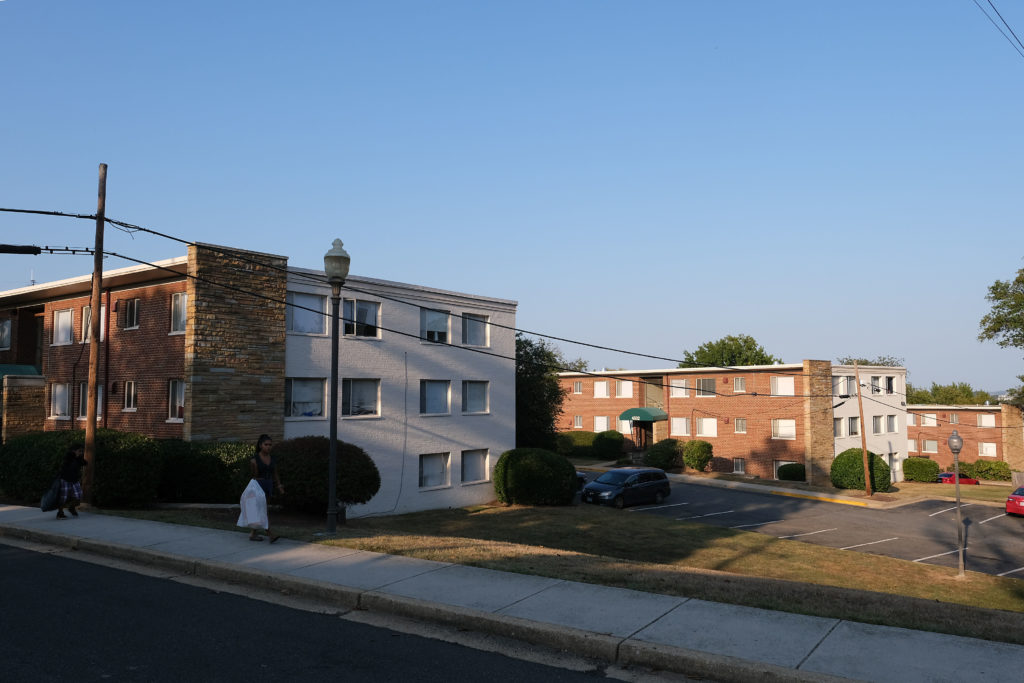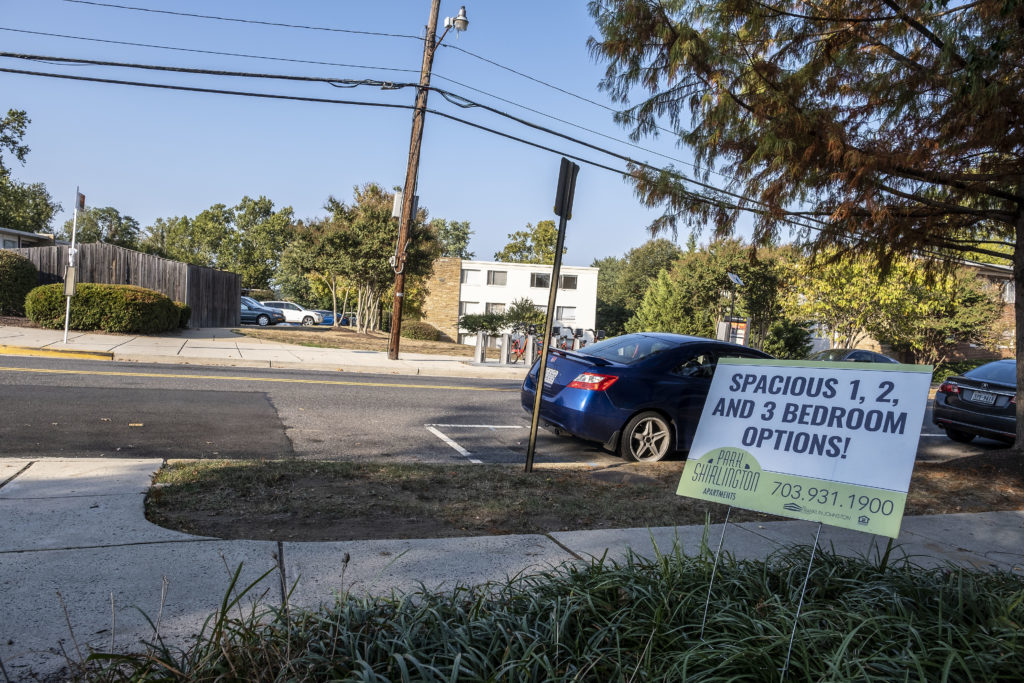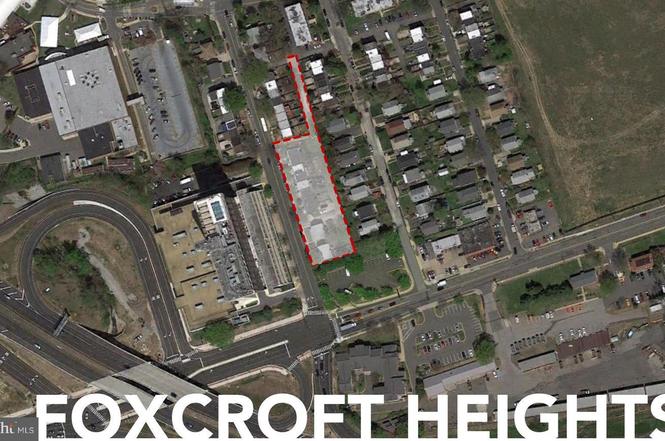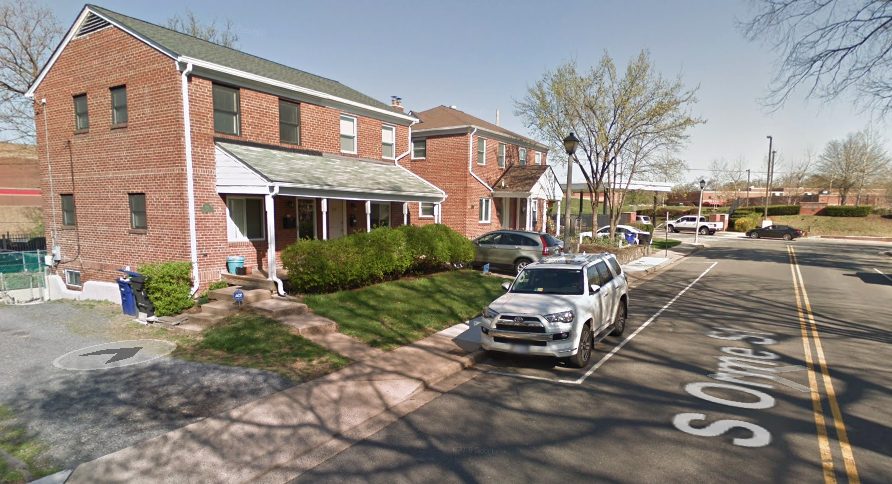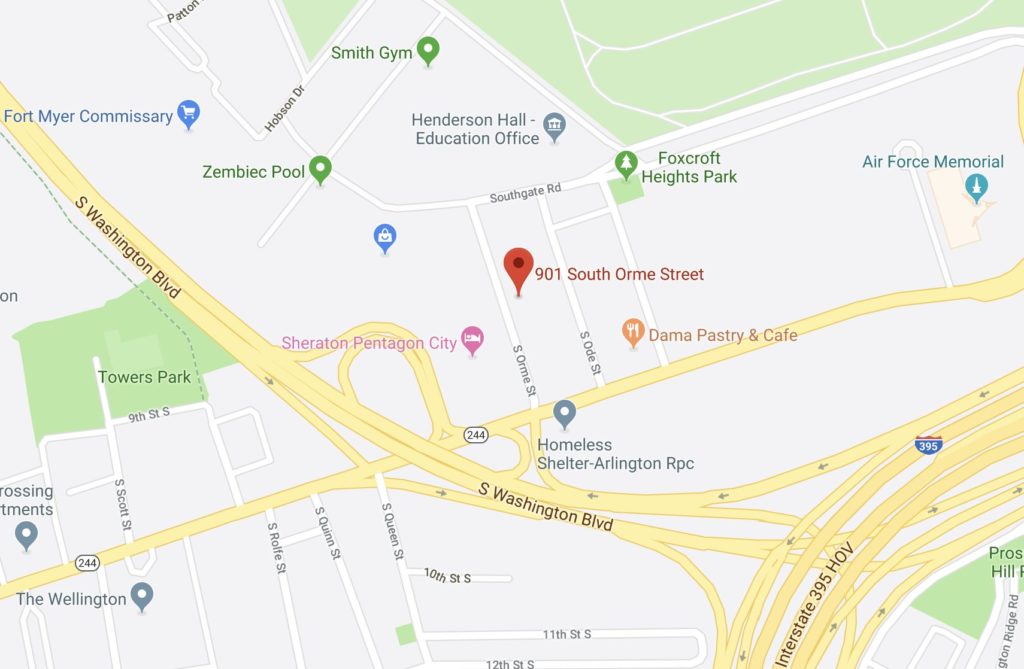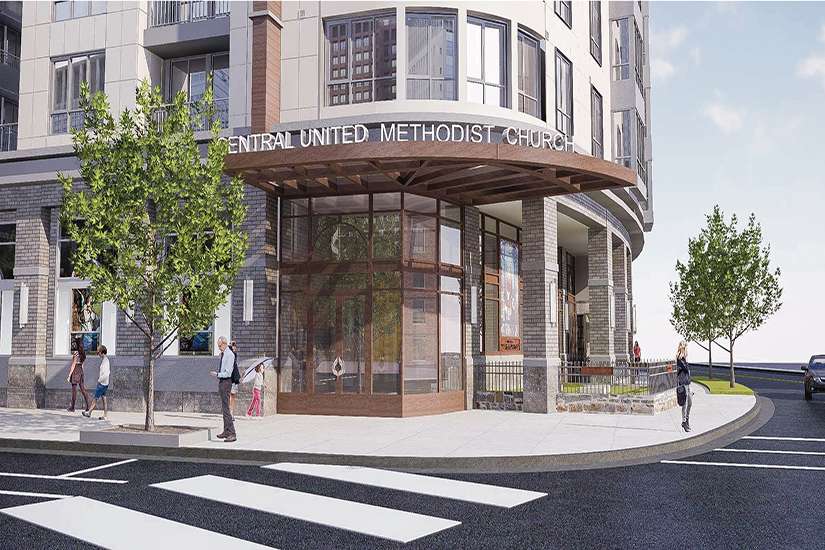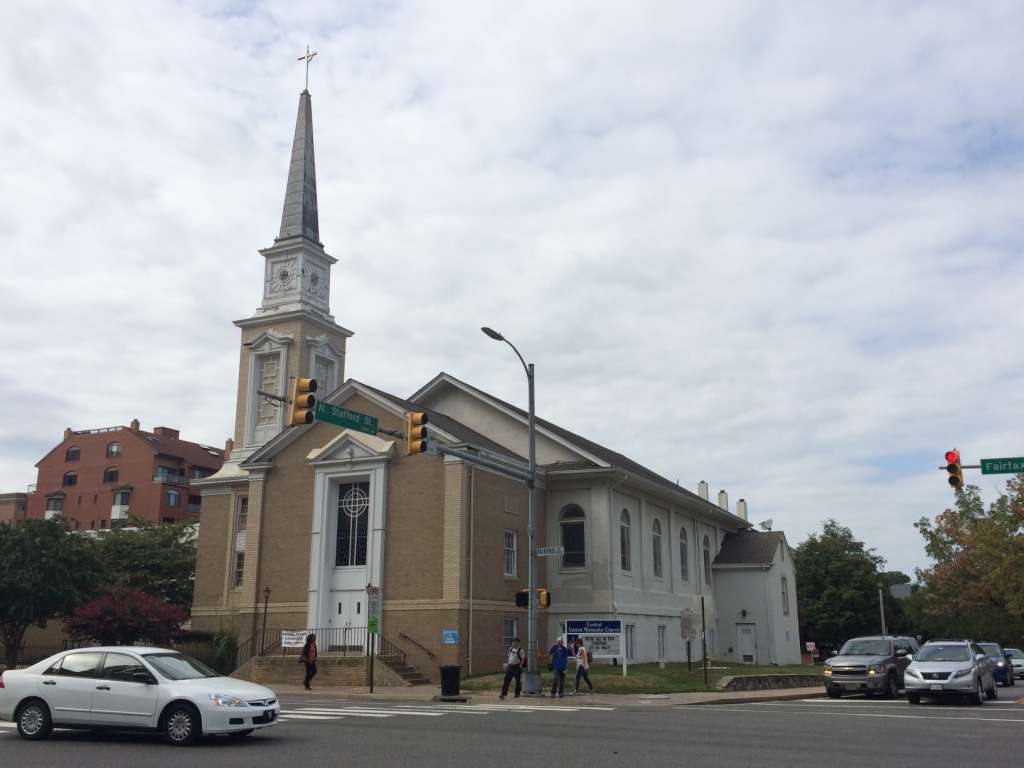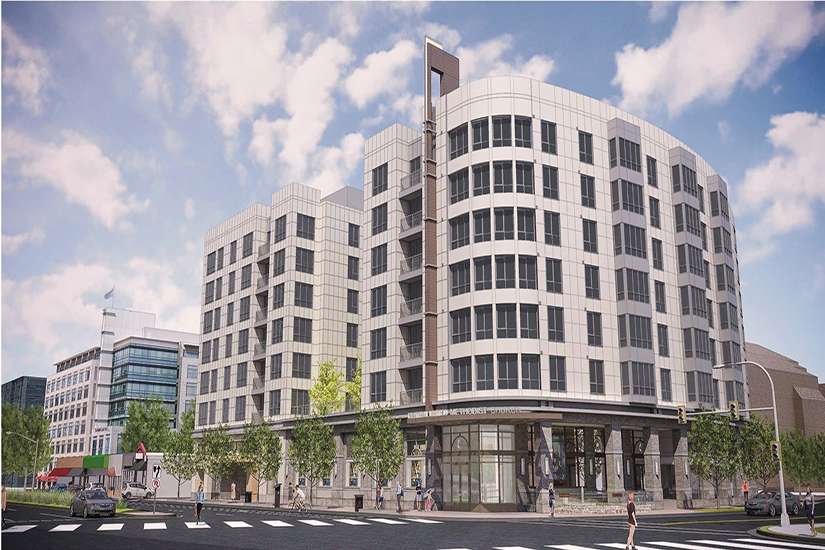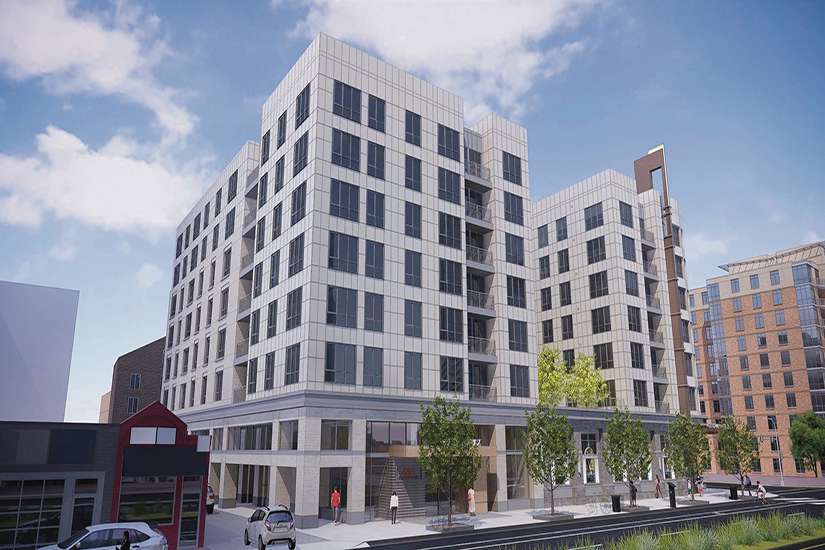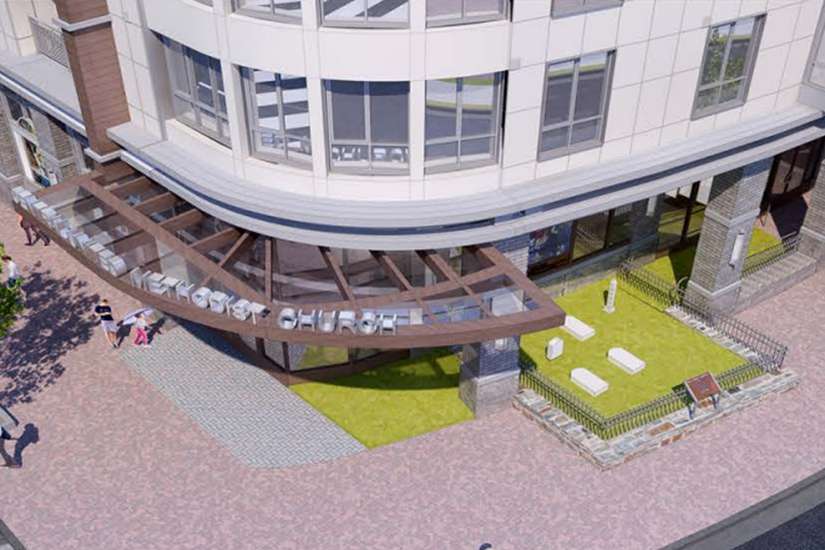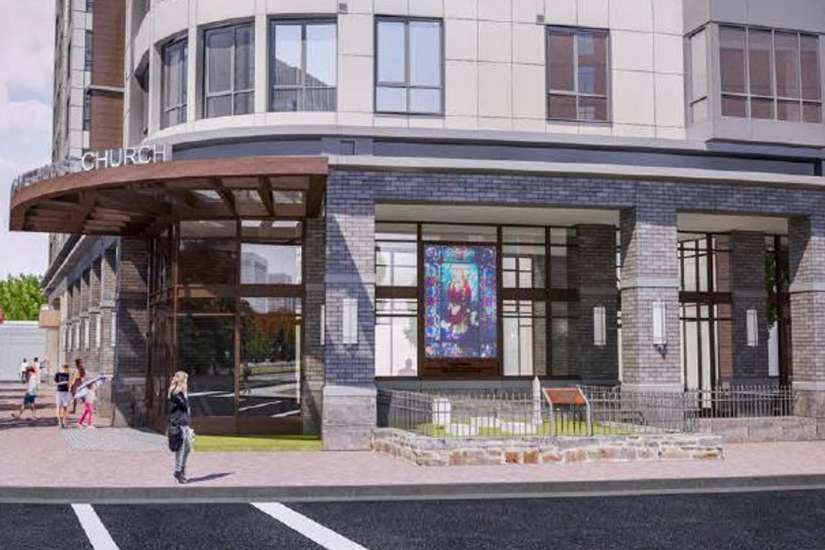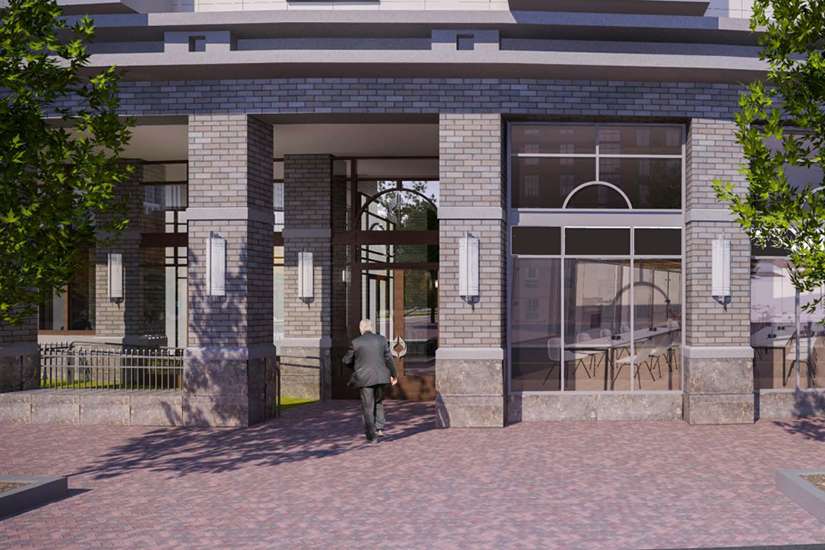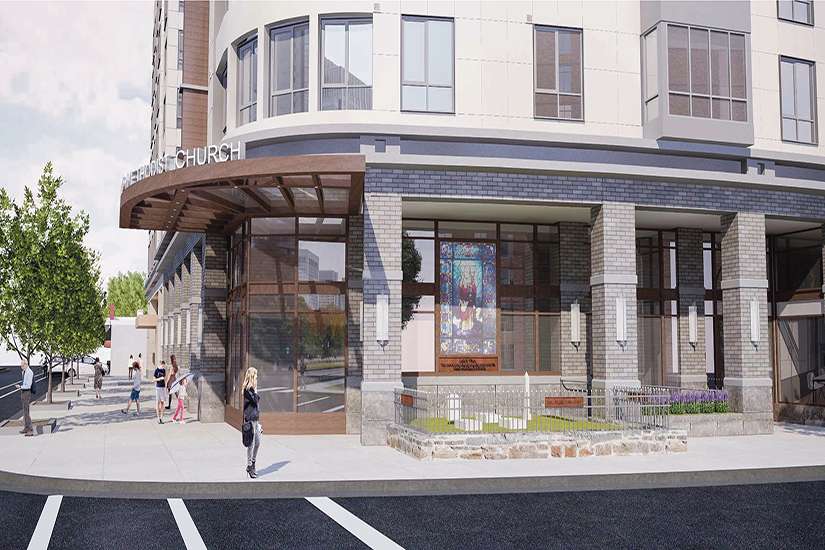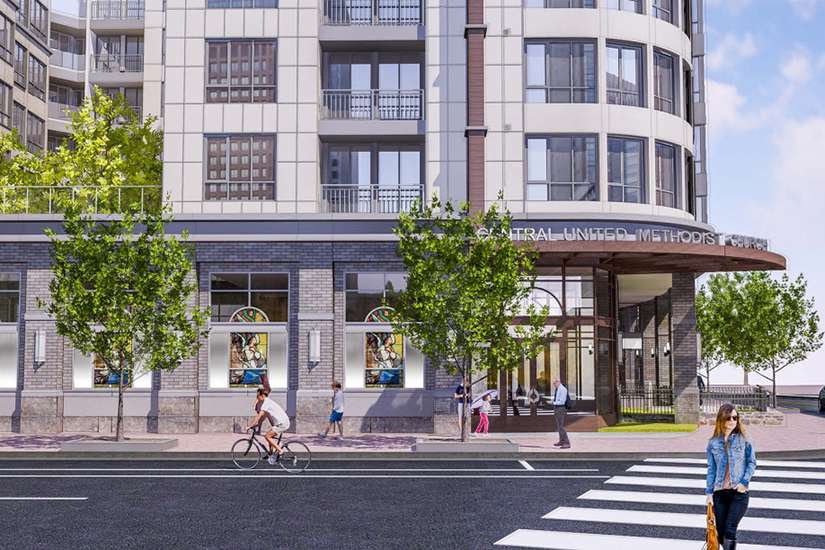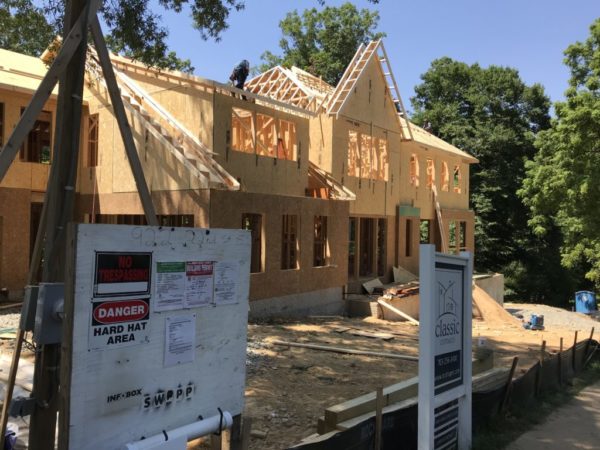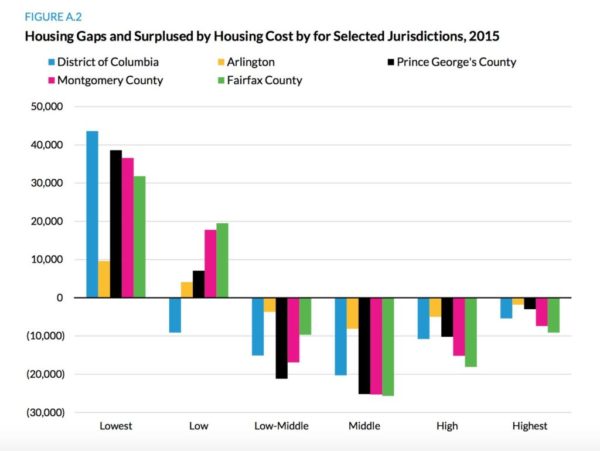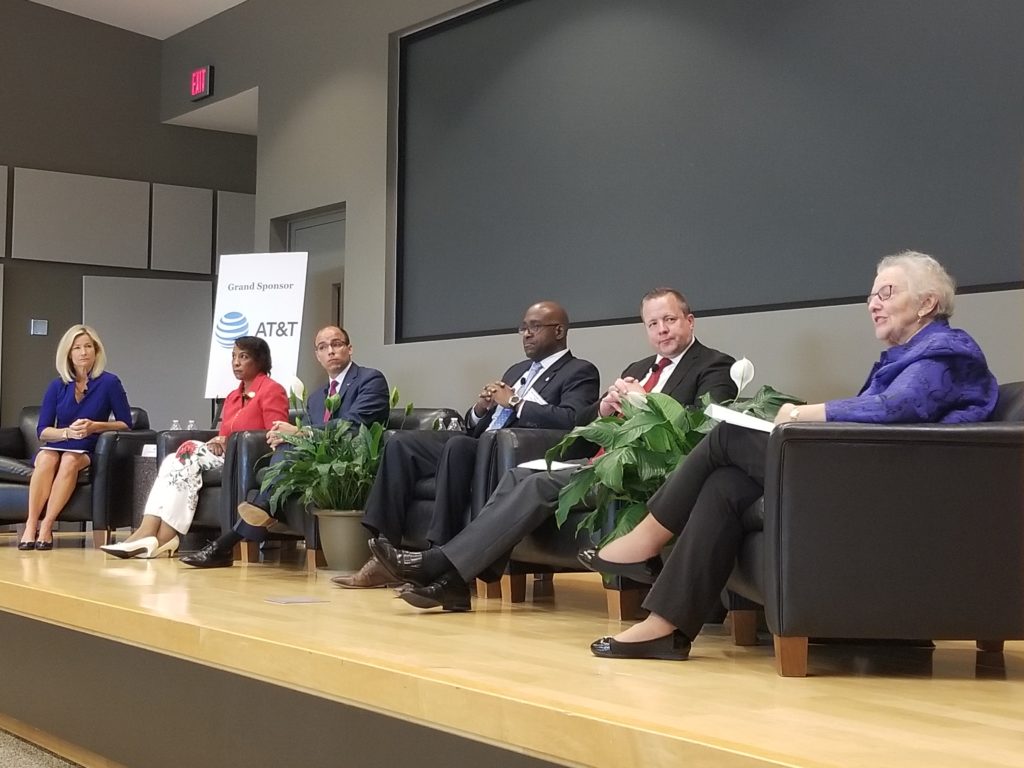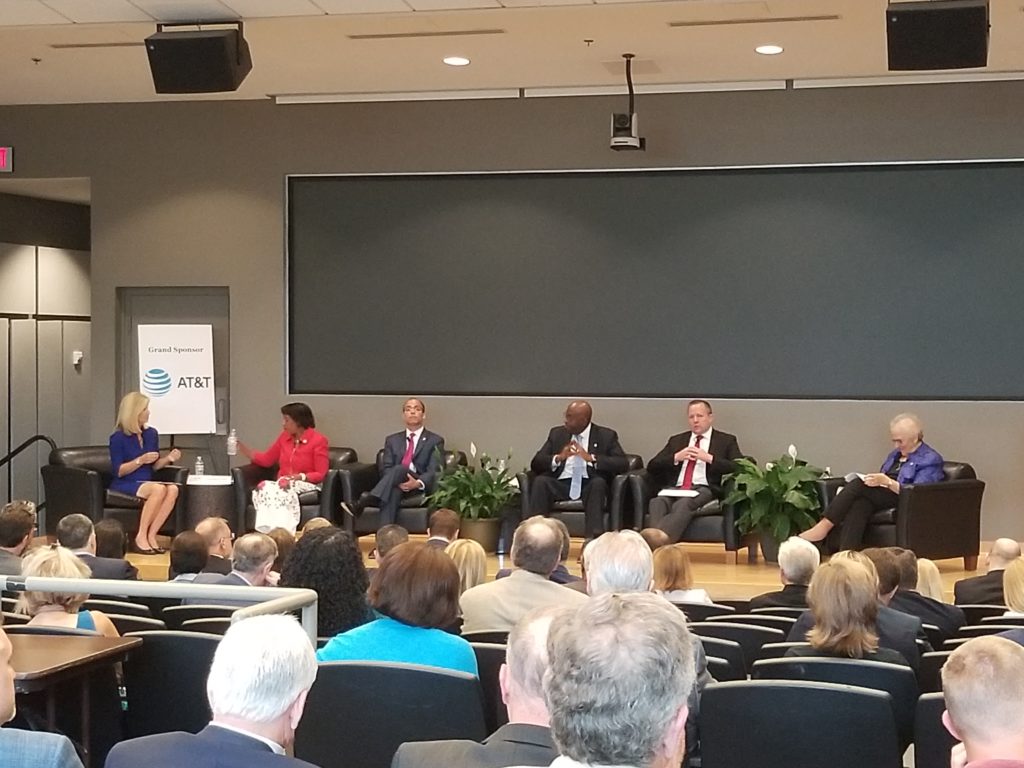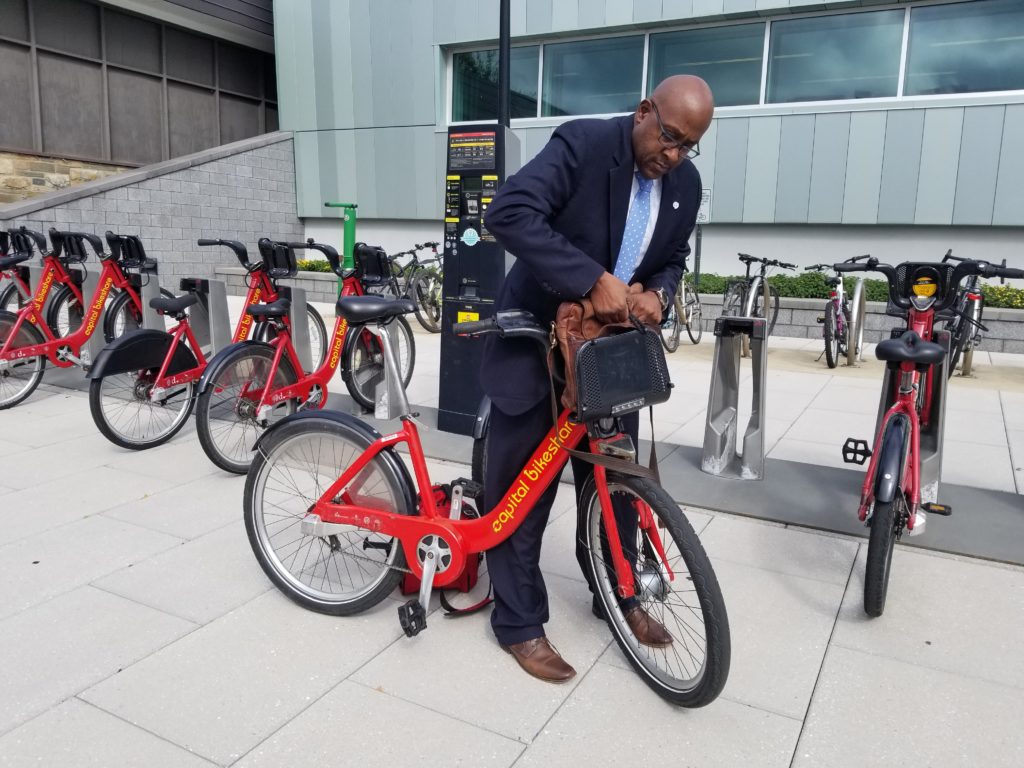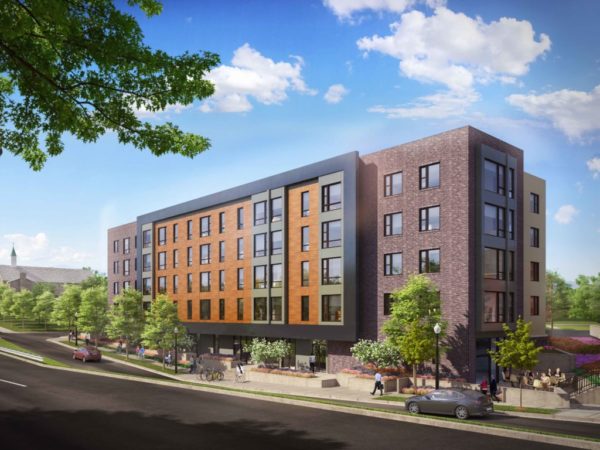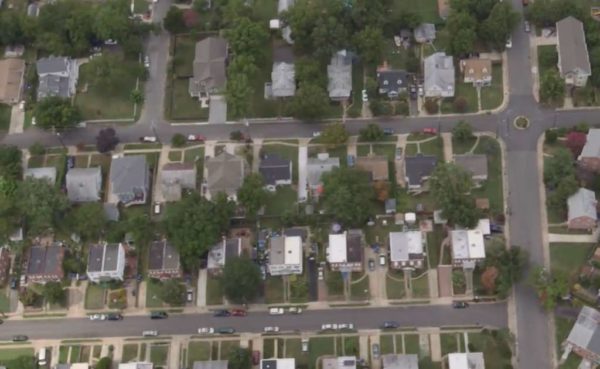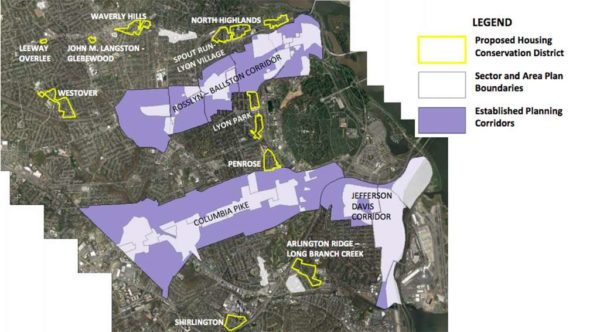 Making Room is a biweekly opinion column. The views expressed are solely the author’s.
Making Room is a biweekly opinion column. The views expressed are solely the author’s.
In one of its first concrete votes under the Housing Arlington umbrella, the County Board will consider a proposal on November 16 to revise its incentive zoning program that gives developers additional density in exchange for community amenities, particularly affordable housing or community facilities.
Within this admirable proposal to increase density, however, is a small but troubling indication that County staff may not trust the market to deliver housing for middle-income households.
Currently, developers can earn up to 25% additional density and up to 6 additional stories by including affordable housing or a community facility in their project. The County staff wants to remove the 25% cap on bonus density, but also eliminate the option to earn additional height.
This means that the County Board could approve buildings with higher density, if the height fits the zoning district or applicable adopted plan. The goal is to encourage more affordable housing and community facilities through site plan developments, while maintaining the height maximums that neighborhoods have come to expect.
The decision to lift the cap on bonus density is laudable, but removing the option for bonus height will not give our land use policies the flexibility to meet current market conditions. Much of Arlington’s land is governed by outdated zoning codes that don’t recognize or accommodate the current housing crisis. This change would perpetuate the “grand bargain” that allows height in narrow Metro corridors but restricts it even in other transit-heavy neighborhoods.
Planning staff want their planning process to take the lead, but this can mean years of work, managed through a community process that over-represents the most affluent, housing-secure residents.
However, more concerning is the less-discussed component of this proposal to modify the definition of “low- to moderate-income” used to determine whether affordable housing in a site plan is eligibility for bonus density. Currently, a project can receive bonus density for housing that is affordable to households making 60% Area Median Income (AMI), or $72,000 for a family of four, for rental units and 80% AMI ($97,000/year) for ownership. Given the emphasis on “missing middle housing,” staff wants to loosen these definitions and explore offering bonus density to projects that offer ownership units affordable to households making up to 120% AMI ($140,000/year).
Arlington County clearly lacks affordable ownership housing for middle-income households, especially those seeking family-sized units. However, the County Board should not use incentive zoning to create housing for families making $100,000 to $140,000 per year. We should allow missing-middle options by-right and let the market provide housing for these relatively affluent households. When we use incentive zoning to achieve housing for higher-income people, we limit the opportunity to produce housing stock that assists lower-income households who are not served by the market.
Expanding the upper income range for zoning incentives tells me that the County may be unwilling to push for market reforms that would make this housing a regular development. Housing for middle-income families is not a gift that developers give us. We should permit the density and housing forms throughout the county that will make this housing profitable to build without any special encouragement. If we can’t get housing for 120% AMI without using these tools, then our zoning is wrong.
Jane Fiegen Green, an Arlington resident since 2015, proudly rents an apartment in Pentagon City with her husband and son. By day, she is the Development Director for Greater Greater Washington and by night she tries to navigate the Arlington Way. Opinions here are her own.



